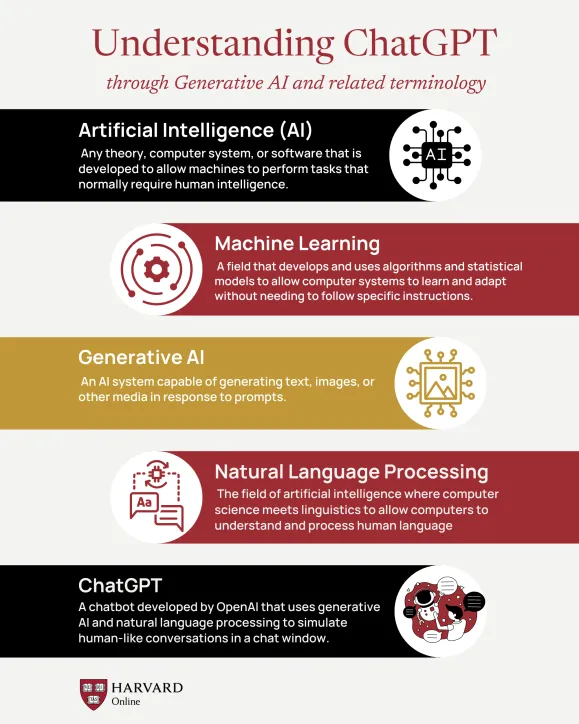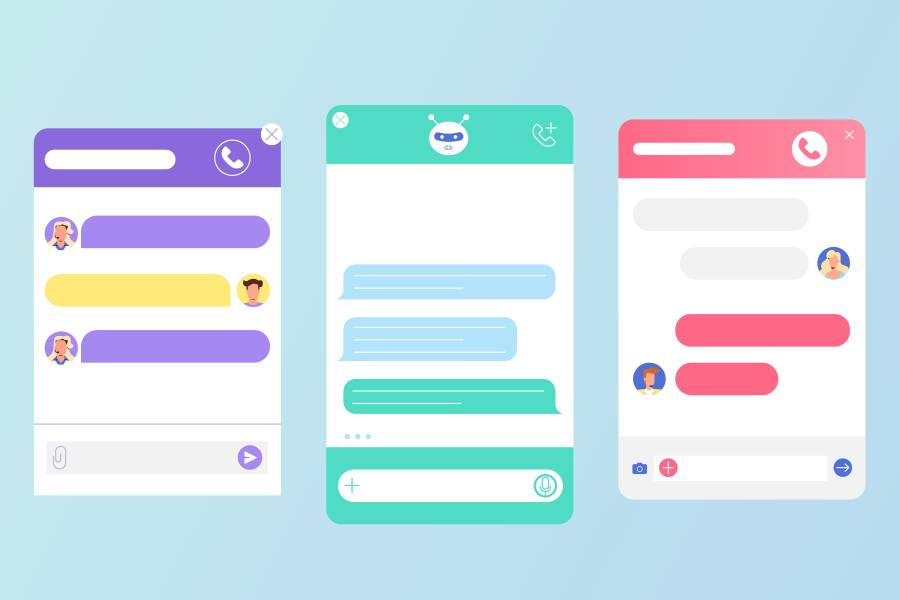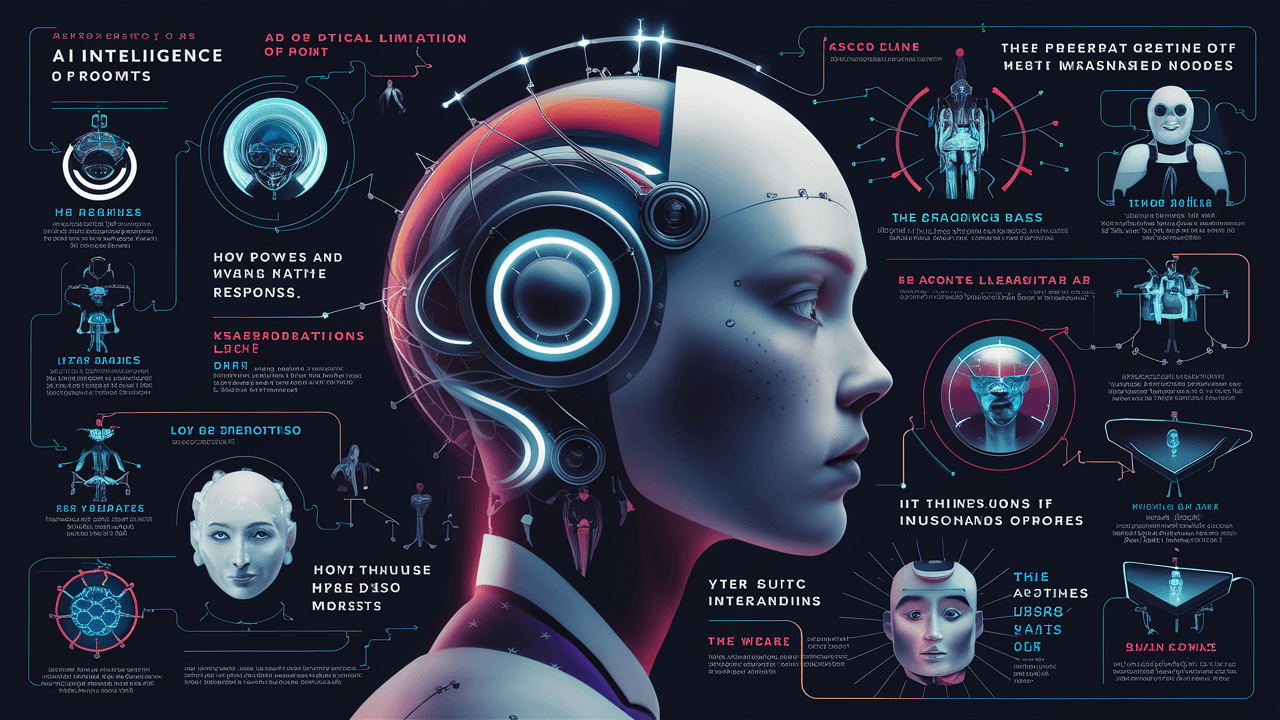Imagine you can create stunning images just by typing a few words. Text-to-image AI makes this possible, turning your ideas into visual masterpieces.
But before you dive into this exciting technology, it’s crucial to understand its limitations. By knowing what it can and cannot do, you can make better decisions and set realistic expectations. You’ll discover the hidden challenges of text-to-image AI that might surprise you.
Whether you’re an artist, a marketer, or just curious, understanding these limitations will empower you to use AI more effectively and creatively. Keep reading to learn how to navigate the fascinating world of text-to-image AI and unlock its full potential.

Credit: www.harvardonline.harvard.edu
Accuracy Challenges
Text-to-image AI has made incredible strides in creating visuals from textual descriptions. However, it often struggles with accuracy. The technology can stumble over complex scenes or human anatomy, leading to results that may not meet your expectations. Understanding these challenges helps you set realistic expectations and make informed choices when using these tools.
Complex Scene Generation
Have you ever tried generating an image with multiple objects interacting? Text-to-image AI might leave you scratching your head. These systems often fail to capture intricate details and relationships between objects, resulting in images that feel disjointed.
Imagine asking the AI to create a bustling market scene with people, stalls, and animals. You might end up with people floating in the air or animals that look like they belong to a different planet. The AI struggles with the complexity of interactions and depth perception in such scenes.
You might wonder: Is AI truly ready to capture the essence of complex human environments? It’s a hurdle that developers are working hard to overcome. But for now, if you need detailed accuracy, manual design might still be your best bet.
Anatomy And Proportions
Ever seen AI-generated humans with oddly shaped limbs or misplaced facial features? Text-to-image AI often stumbles when it comes to anatomy and proportions. It can create visuals that look like they were drawn by someone who skipped a few art classes.
AI can struggle with getting human proportions right, leading to images that might look more like abstract art than realistic portrayals. This can be particularly problematic if you’re creating content that requires precise human anatomy.
You might ask: How can AI improve in capturing the human form accurately? Developers are continuously refining algorithms to address these quirks. But until AI perfects the art of anatomy, relying on traditional artists for specific needs might save you time and frustration.
Accuracy challenges in text-to-image AI remind us of the importance of human creativity and expertise. While AI offers exciting possibilities, understanding its limitations allows you to use it wisely and set realistic expectations. What’s your experience with these AI tools? Have you encountered any surprising results?

Credit: techxplore.com
Cultural Sensitivity
Text-to-image AI struggles with cultural sensitivity, often missing subtle cultural nuances. These tools can misinterpret symbols or traditions, leading to inaccurate representations. They require human guidance to ensure culturally sensitive images.
### Cultural SensitivityText-to-image AI has made significant strides in creativity and automation, but cultural sensitivity remains a critical challenge. As these systems generate images from text prompts, they often fail to accurately represent diverse cultures and traditions. This can lead to misinterpretations and perpetuate stereotypes, undermining the richness of global diversity.How can you trust a tool that might not fully respect or understand your cultural nuances?####Bias In Training Data
AI models learn from vast datasets, but those datasets are not always balanced or fair. If the training data predominantly features one culture or viewpoint, the AI will naturally reflect those biases.Think about it: if your AI only learns from Western art, it may struggle to create authentic depictions of Eastern traditions. This often results in skewed outputs that do not respect cultural authenticity.Consider the implications of an AI system that might reinforce outdated or harmful stereotypes simply because it hasn’t been exposed to a broader range of cultural inputs.####Misrepresentation Of Cultures
When generating images, AI might inadvertently misrepresent cultural symbols or attire. Have you ever seen a traditional outfit depicted inaccurately by an AI? This can be offensive and misleading, leading to the spread of misinformation.The challenge is that AI doesn’t understand context. A simple mistake, like mixing elements from different cultures, can lead to significant misunderstandings.How can creators ensure that AI-generated content respects and accurately portrays the diversity of global cultures? Being aware of these limitations is the first step towards more responsible use.Contextual Understanding
Text-to-image AI has made impressive strides, but it still faces significant challenges in understanding context. Imagine asking an artist to draw a “cool cat”. Without context, you might get a feline wearing sunglasses or a cat that is calm and collected. This lack of contextual understanding often leads to results that can be amusing but also frustrating when precision is needed.
Ambiguity In Text Prompts
Text prompts can be vague, leaving the AI puzzled about your true intentions. If you input a phrase like “light bulb moment”, the AI might not discern if you mean an idea or an actual glowing bulb. This ambiguity often results in images that don’t quite hit the mark, leaving you to refine your prompts over and over.
Consider this: Have you ever tried explaining a complex idea in just a few words? It’s tough! Similarly, AI struggles with ambiguity, often requiring you to be as explicit as possible. This can be time-consuming and may hinder creativity, as you might have to stick to more straightforward and less imaginative descriptions.
Lack Of Real-world Knowledge
AI lacks the rich, nuanced understanding of the world that humans take for granted. Imagine asking an AI to illustrate “a day at the beach”. It might generate a generic scene without appreciating local customs or unique natural features. This limitation can make the images feel generic and lack authenticity.
AI’s understanding is based solely on the data it has been trained on. Unlike humans, it doesn’t learn from experience or adapt to new information unless explicitly updated. This means that it might miss out on cultural nuances or evolving trends, making the generated images less relevant or insightful. How can we expect AI to grasp the subtlety of human experiences if it lacks the ability to learn from them?
As you explore the possibilities of text-to-image AI, remember these limitations. They might not just be hurdles but opportunities to refine your inputs and enhance the AI’s output. What creative solutions can you come up with to bridge these gaps?
Technical Constraints
Text to image AI tools have made significant advancements. Yet, technical constraints still limit their potential. These limitations impact the quality and efficiency of generated images. Understanding these constraints helps in setting realistic expectations. Let’s explore some key technical limitations.
Resolution And Quality Limitations
Text to image AI often struggles with high-resolution outputs. The quality of images can suffer. This is due to the complexity of generating detailed features. Low-resolution results can appear blurry or lack detail. Artifacts may also appear in images, reducing visual appeal. Fine details in images can be challenging to replicate accurately. These limitations affect the overall visual quality. Moreover, as AI progresses, developers are continually working to address these challenges through advanced algorithms and training techniques. However, the persistent struggle with ai image generation and text issues remains a prominent hurdle. Until these obstacles are fully overcome, users may need to adjust their expectations regarding the fidelity and accuracy of generated images.
Computational Resource Demands
Generating images from text requires significant computational power. AI models need high-performance hardware. This includes GPUs and large memory capacities. Not everyone can access such resources. Running these models on standard devices can be slow. Resource demands also increase with the complexity of tasks. This limits the use of AI tools in resource-constrained environments. Moreover, as AI image generation and text issues become more prevalent, the need for optimized algorithms that can perform effectively on lower-spec hardware grows. This presents a challenge for developers seeking to make AI tools accessible to a wider audience. Innovative solutions are necessary to bridge the gap between high-performance requirements and the varied capabilities of available technology. Moreover, the gap in accessibility highlights a significant barrier for many users interested in utilizing AI image generators and text issues. As the technology continues to evolve, finding ways to optimize these models for lighter hardware will be crucial for wider adoption. Ultimately, addressing these challenges could democratize access to powerful AI tools and enhance their applicability across diverse sectors.
Ethical Considerations
Text to Image AI offers exciting possibilities. It can transform words into vivid visuals. Yet, it also carries ethical concerns. Users must understand the potential impacts. These tools can influence perceptions and beliefs. Addressing these ethical issues is crucial for responsible use.
Potential For Misinformation
Text to Image AI can create realistic images from text prompts. This ability raises concerns about misinformation. People might believe fake images to be real. Misleading visuals can spread quickly online. They can shape public opinion or cause confusion. Critical thinking becomes essential when viewing AI-generated images.
Intellectual Property Issues
AI can mimic artistic styles or create original images. This raises questions about intellectual property. Who owns these AI-generated images? Artists may find their styles replicated without consent. Protecting creative rights is a challenge. Legal systems struggle to keep pace with AI advancements. Copyright laws need adaptation to address these issues.
User Experience
The user experience with text-to-image AI holds great potential. Yet, it also faces challenges. Users expect seamless interaction and customization. But these expectations aren’t fully met.
Interactivity Limitations
Text-to-image AI often lacks real-time interaction. Users want instant feedback. This technology usually takes time to process. Delays can frustrate users. They may lose interest quickly. Immediate results are crucial for satisfaction. AI struggles with this demand.
Moreover, the interactivity is often one-sided. Users input text and wait for results. There’s little engagement during the process. This passive experience can feel limiting. A more dynamic interaction would enhance user experience.
Customization Challenges
Customization options are often limited in text-to-image AI. Users desire specific features. They want to adjust colors, styles, and details. Current AI tools offer limited choices. This restriction can disappoint users.
Furthermore, the AI may not understand nuanced requests. Users often have specific visions. AI might misinterpret these ideas. This leads to unsatisfactory results. Improved customization can boost user satisfaction.

Credit: hub.jhu.edu
Frequently Asked Questions
What Are The Limitations Of Ai Images?
AI images can lack originality and may produce inaccuracies. They struggle with complex details and can distort human faces. Ethical concerns arise with deepfakes and biases. AI-generated images sometimes lack context and creativity, leading to generic outputs. These limitations can affect quality and authenticity.
What Is One Limitation Of Using Dall-e For Text To Image Generation?
DALL-E may struggle with generating highly accurate text within images. Its text rendering can sometimes appear distorted or unclear, limiting its effectiveness for tasks requiring precise textual representation. Users seeking perfect text-to-image conversion might encounter this limitation.
What Are Some Limitations Of Generative Ai?
Generative AI can produce inaccurate or biased content. It requires large data sets and high computational power. Understanding context and emotions can be challenging. It may generate inappropriate or harmful outputs. Data privacy concerns also arise due to its reliance on extensive data.
What Are The Limitations Of Ai Writing?
AI writing lacks creativity and emotional depth. It may generate repetitive or inaccurate content. Understanding complex context is challenging for AI. It struggles with nuanced language and cultural references. Human oversight is essential to ensure quality and accuracy.
Conclusion
Text to image AI offers many creative possibilities. Yet, it has limitations. Accuracy can vary with complex or abstract prompts. Some images may lack detail or realism. Users must refine prompts for better results. AI struggles with cultural nuances and context.
It might misinterpret unique language styles. Developers continue improving these tools. For now, knowing these limits helps manage expectations. Users should stay informed and explore AI’s potential cautiously. With mindful use, AI can enhance creativity. But always remember its boundaries.
